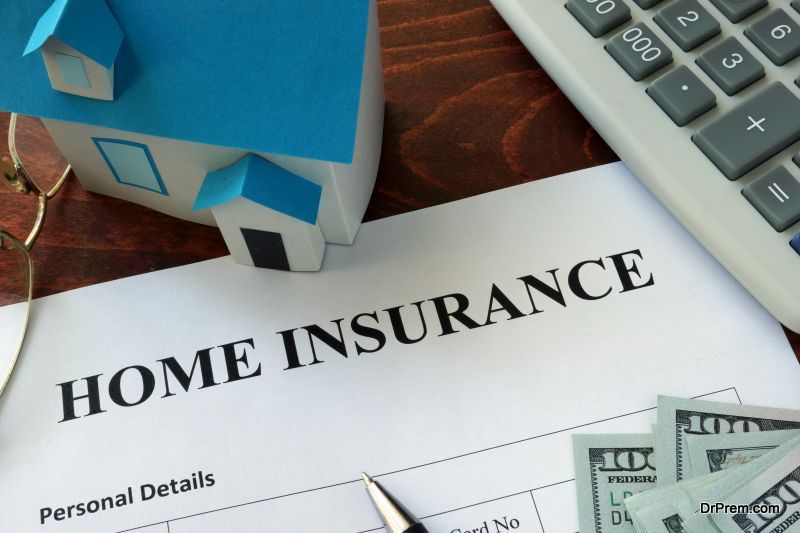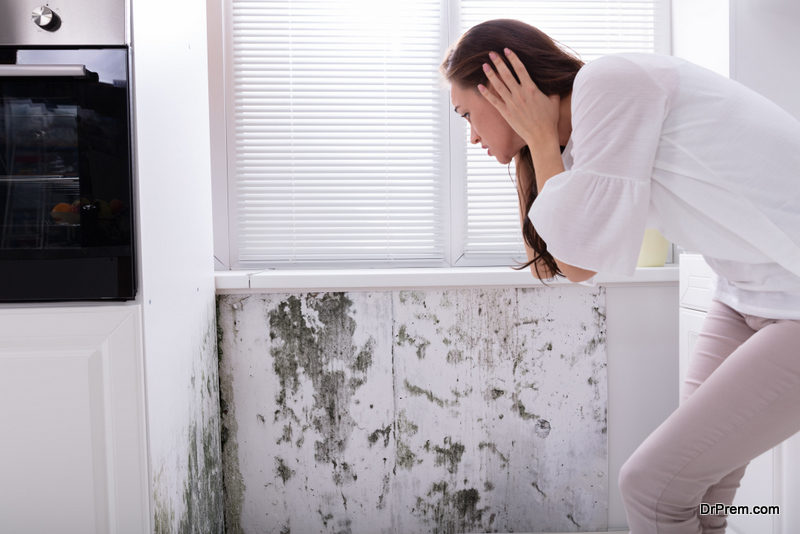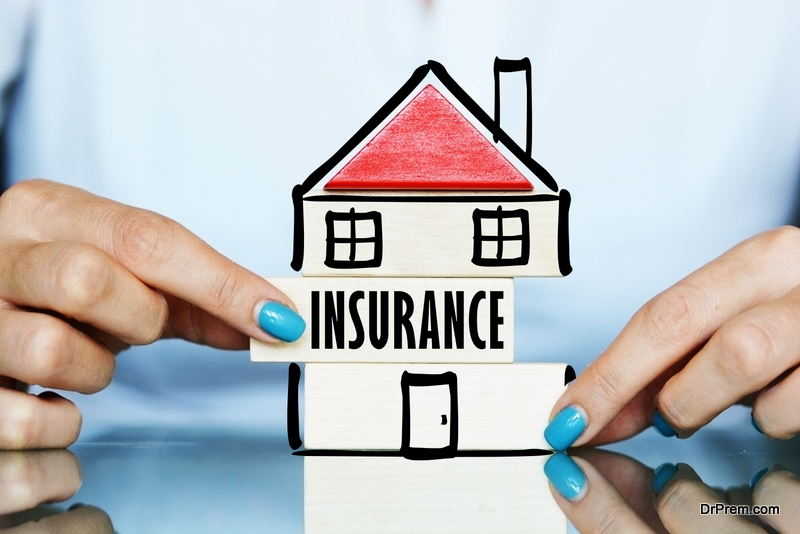With the weather switching between extreme storms and dry heat, home insurance is naturally on a homeowners’ mind. A natural disaster can leave you without a home for a prolonged point in time, or even with limited options of rebuilding your beloved property. Many homeowners who experience tragedy with their houses have some form of home insurance, but when it comes down to enacting the policy, there are clear standards that needed met better.
If a policy does not effectively cover your property, the leftover bills can exceed all expectations. Do not end up in a situation where a natural disaster has damaged your home by avoiding these common mistakes when insuring your home.
#1. Not Knowing Your Policy
Shopping around for home insurance is a must. Compare rates and consider bundling packages where you will be able to receive a discount on multiple policies. Even if you already have coverage, examine the homeowner’s packet to know exactly what is covered. Consider disasters that could still occur, even if less likely.
Flood Insurance Is Not Always Included
 When insuring your home, the entire coverage and conditions need a read through. Certain things will not be included and one of the largest mistakes is the assumption that floods are covered. Flood damage is extensive, and in some areas, most homes suffer from it.
When insuring your home, the entire coverage and conditions need a read through. Certain things will not be included and one of the largest mistakes is the assumption that floods are covered. Flood damage is extensive, and in some areas, most homes suffer from it.
There is a federal program that will provide flood coverage for those who sign up for it. The only issue is that you need to know about it, so you can become a part of it. Coastal areas are used to the flooding, and water related damage to their homes, but those inland may not feel the need to have this covered.
This is reflected in an Insurance Information Institute Survey where 57 percent of homeowners reported having a property survey done in their home in case of damages. The percentage goes down to 42 percent for those in the Midwest. Hurricanes, especially recent disastrous ones, have swept American coastlines; but make their way well into the mainland.
When getting the insurance there is a 30-day wait period, which is traditional with most home insurers, so always be prepared to not be covered that first month.
Are Your Belongings Covered?
Do not forget that your belongings will suffer in an accident, and the costs to replace everything can be completely unknown since receipts are not often kept for every purchased item. Even if the receipts are kept that does not tell the exact amount they are worth at that future moment in time.
#2. Insuring A Home At Mortgage Value
 More than 60 percent of homes were found under-assured by a United Policyholders consumer study in 2009. When homeowners search for insurance coverage on a new home, they are likely to only insure the amount of the mortgage.
More than 60 percent of homes were found under-assured by a United Policyholders consumer study in 2009. When homeowners search for insurance coverage on a new home, they are likely to only insure the amount of the mortgage.
Mortgages do not always depict the real value of a home, the real value could be 10 or 20 percent more than the price you purchased it for after the down payment. Instead of making this mistake and ending up with damages that exceed the insurance pay-out, know what your home is worth. Insurance should cover the complete amount it would cost to rebuild your property in its entirety.
Estimations can be done by real-estate companies, or even the insurance company themselves. House evaluations through the insurance company may be slightly less accurate, but they come free to the members of their loyalty programs, so may not be attainable at the immediate purchase of the home. Know the exact amount the home is worth, because in extreme situations, you would need to cover the cost of supplies, and people to do the rebuilding.
#3. Not Understanding Fluctuating Deductibles

When dealing with deductibles, everyone expects whatever amount was chosen at the beginning of the policy will be the only cost if an accident causes the policy to go into effect. This is the case with some forms of insurance, like car insurance from BrokerLink, which uses those flat rates. Home insurance will break off from this standard.
Whenever a storm, such as an earthquake or hurricane, is large enough to be named, insurers do not have to follow deductible rules. So, whichever amount you have chosen as a deductible, $1000 being the most common homeowner’s policy deductible, will be thrown out the door. The amount you will be responsible for is a set percentage of your coverage, depending on the natural disaster.
For example, a simple flood can only cost you up to 5 percent, but it could be up to 15 percent for an earthquake. This is a pattern easy to decipher- the more catastrophic, the larger of an amount you will be responsible for.
Flat rate deductibles are possible to attain, but they are more costly than other insurance plans. At least know the percentage amounts for each disaster laid out in your policy.
#4. Not Preparing For The After Effects Of Damage
 Even if a home is salvaged and built upon after extreme water damage, mold can grow and persist in walls, attics, and basements. Sewage backup is another issue that is hard to detect until it occurs. Once a sewage backs up, usually right in the middle of your front or back yard. This addition on your insurance doesn’t run more than $50 annually, but you must request it on your policy.
Even if a home is salvaged and built upon after extreme water damage, mold can grow and persist in walls, attics, and basements. Sewage backup is another issue that is hard to detect until it occurs. Once a sewage backs up, usually right in the middle of your front or back yard. This addition on your insurance doesn’t run more than $50 annually, but you must request it on your policy.
Now coverage against mold is more expensive since it foots a hefty bill. Once mold is discovered the entire home will need checked for it, to make certain there wasn’t any spreading. The high of protecting your home against mold damage, may not even be possible. Insurance companies do not regularly have mold coverage as an option.
Under-insuring your home and not being clear on important uncovered potential damages are common mistakes made by new homeowners. Knowing what your home is worth is the key to having it properly covered. In an instant, everything you worked hard for could be gone, with no fault of your own. The only way to combat a natural disaster is with the proper preparation of full homeowner’s insurance.
Article Submitted By Community Writer




